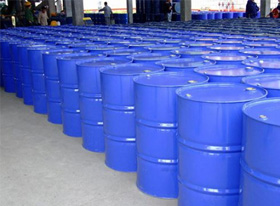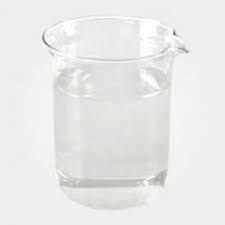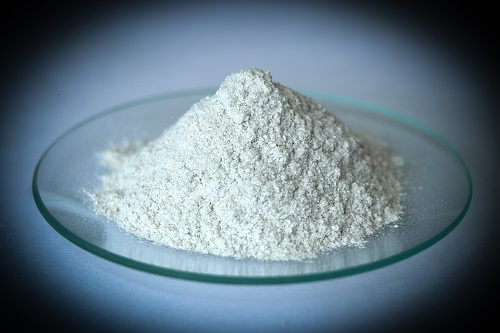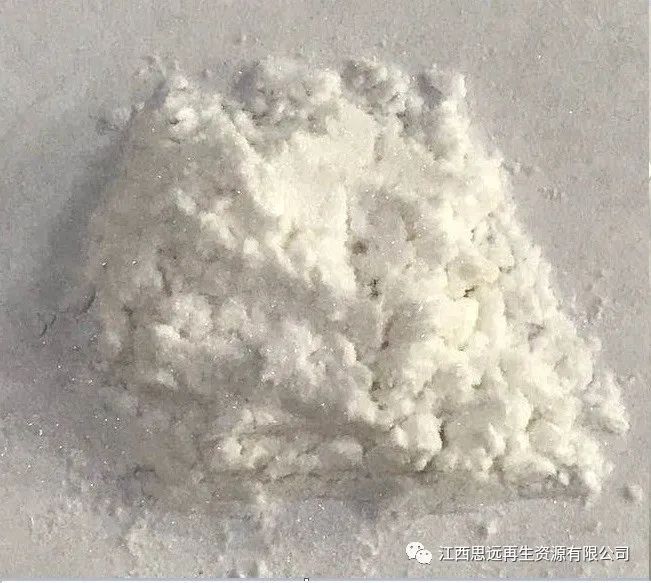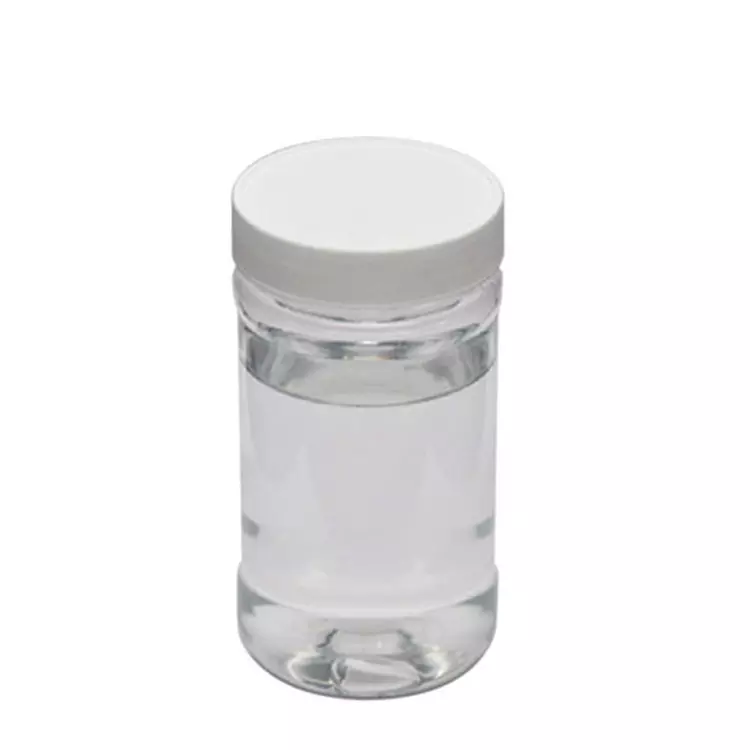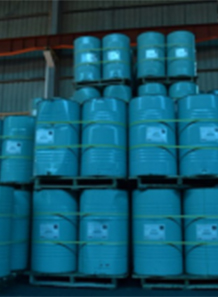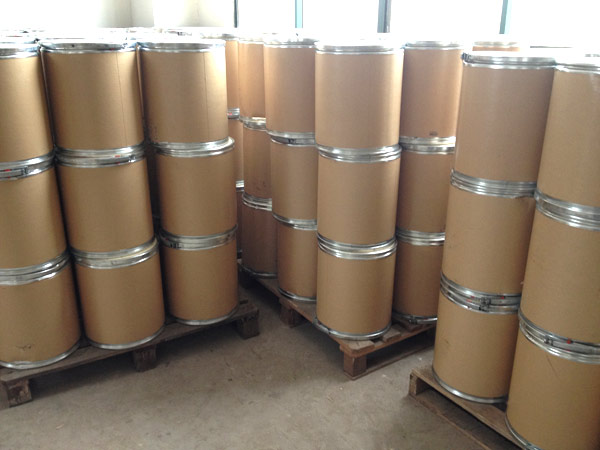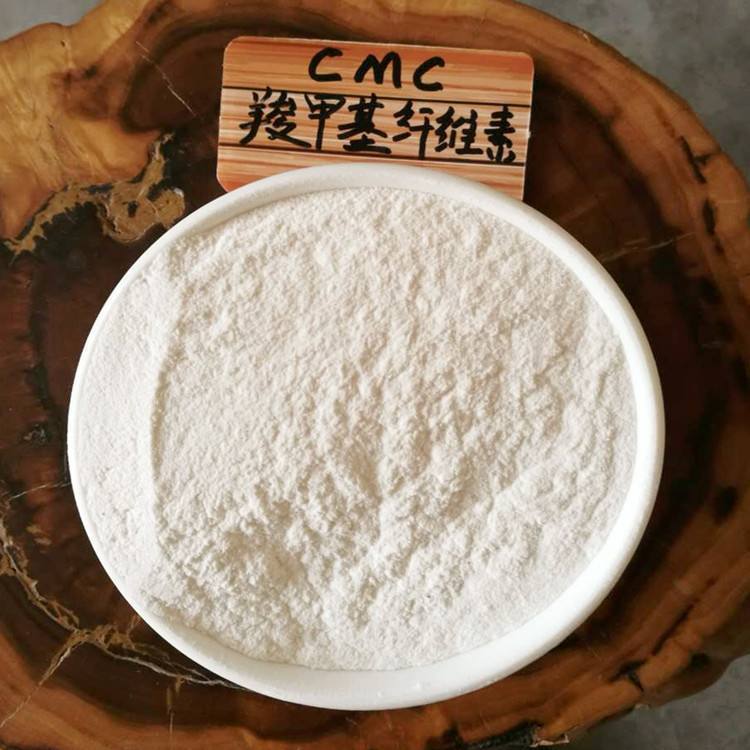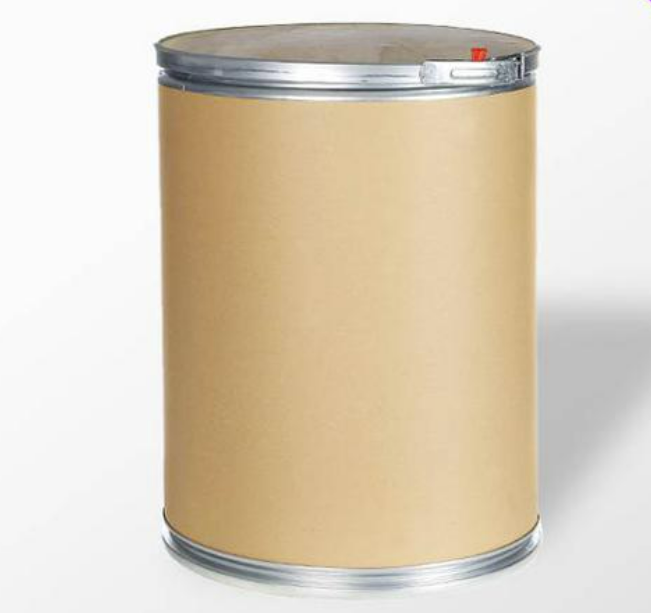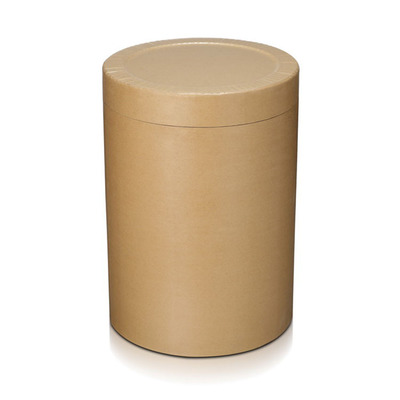Antioxidant
Other Auxiliary Agent
Petroleum Additives
Adsorbent
Water Treatment Chemicals
Rubber Additives
Adhesive Additives
Cross-Linking Agent
Flame Retardants
UV Absorbers
Organic Extractant
Resin Additives
Electronics Chemicals
Pesticide Additives
Building Chemicals
Plastic Additives
Oilfield Chemicals
Adhesive
Plastic Rubber Chemicals
Paper Additives
Molecular Sieve
Coating Additives
Textile Auxiliaries
Fluorescent Brightener
Polyethylene Glycol Derivatives
Coupling
Forest Chemicals
Leather Auxiliary Agents
Beneficiation Agents and Smelting Additives
Dye Auxiliaries
CAS:115-96-8
Molecular Formula:C6H12Cl3O4P
Alias
More Information
Celluflex; Niax 3Cf; TCEP; Tris(2-Chloroethyl) Phosphate; tri(2-Chloroethyl) Phosphate (TCEP); Ethanol, 2-Chloro-, Phosphate (3:1); Fyrolcef; Genomoll P; 3Cf; Phosphoric Acid Tris(2-Chloroethyl) Ester; Fyrol Cf; Tceptris(2-Chloroethyl)Phosphate]; Tri(Chloroethyl)Phophate; Phosphorsuretris-(2-Chlorethyl)-Ester; Ai3-15023; Antiblaze100
Brief Introduction
Tris(2-chloroethyl) phosphate is a light yellow oily liquid, slightly creamy. It is soluble in ethanol, acetone, chloroform, carbon tetrachloride and other organic solvents, and slightly soluble in water. This product is mainly used for polyurethane foam flame retardancy and PVC flame retardancy and plasticization. It is also widely used in chemical fiber fabrics and cellulose acetate as flame retardant. Besides self extinguishing, it can also improve water resistance, cold resistance and antistatic property.
Suppliers
View More Vendors (2) >
CAS:10101-41-4
Molecular Formula:CaH4O6S
Alias
More Information
Gypsum; Calcium Sulfate-2-Hydrate; Alabaster; Gypse; Lightspar; Annaline; Satinite; Calcium Sulphate 2H2O; Calcium Sulfide Dihydrate
Brief Introduction
Calcium Sulfate Dihydrate is the raw material for manufacturing cement, calcium sulfate hemihydrate and sulfuric acid. Used as a filler in the paint and paper industry. As a chemical fertilizer in agriculture, it can reduce soil alkalinity and improve soil performance. Edible grade can be used as nutritional supplement (calcium fortification), coagulant, yeast feed, dough regulator and chelator. It can also be used as tissue enhancer in canned tomatoes and potatoes, hardener of brewing water, flavor enhancer of wine, etc.
Suppliers
View More Vendors (2) >
CAS:6712-98-7
Molecular Formula:C7H17NO3
Alias
More Information
Diethanolisopropanolamine; Diepa; 1- (N, N-bis(2-Hydroxyethyl)Amino) Propan-2-Ol; Diethanolamine Monoisopropanolamine; 1-[Bis(2-Hydroxyethyl)Amino]-2-Propanol; 2-Propanol, 1-[bis(2-Hydroxyethyl)Amino]; Deipa; Diethanol Isopro Panol Amine; 1-[Bis(2-Hydroxyethyl)Amino]Propan-2-Ol; 2,2'-((2-Hydroxypropyl)Azanediyl)Diethanol; Diethanolisopropanolamine (Deipa)
Brief Introduction
Diethanol monoisopropanolamine is an organic substance. It is a colorless or light yellow transparent viscous liquid stimulated by ammonia taste. It is stable at room temperature and pressure. Diethanol monoisopropanolamine is a new green grinding aid raw material. It has obvious grinding aid effect and is often used in cement grinding aid.
Suppliers
View More Vendors (2) >
CAS:9000-11-7
Molecular Formula:C6H12O6
Alias
More Information
Almelose; Carboxymethyl Cellulose Ether; Acetic Acid,2,3,4,5,6-Pentahydroxyhexanal; CMC; CMC Calcium; _|_; CMC food Grade; Carboxymethyl Cellulose food Grade
Brief Introduction
Carboxymethyl cellulose (CMC) is a tackifier. It is a non-toxic and tasteless white flocculent powder at room temperature. It has stable performance and is easily soluble in water. Its aqueous solution is neutral or alkaline transparent viscous liquid, soluble in other water-soluble adhesives and resins, insoluble in ethanol and other chemical Book organic solvents. Carboxymethyl cellulose is the product of carboxymethyl group substitution of cellulose. According to its molecular weight or degree of substitution, it can be a completely soluble or insoluble polymer. The latter can be used as a weak acid cation exchanger to separate neutral or basic proteins.
Suppliers
View More Vendors (2) >
CAS:9004-67-5
Molecular Formula:C20H38O11
Alias
More Information
(5R)-2,3,4-Trimethoxy-6-(Methoxymethyl)-5-[(2S)-3,4,5-Trimethoxy-6-(Methoxymethyl)oxan-2-yl]Oxyoxane; MC
Brief Introduction
Methylcellulose is widely used in construction industry, such as cement, mortar, joint desliming and so on. It is used as film-forming agent and adhesive in cosmetics, medicine and food industry. It is also used as sizing agent for textile printing and dyeing, synthetic resin dispersant, coating film-forming agent and thickener. Alkali cellulose is prepared from pulp, which reacts with methyl chloride or dimethyl sulfate in an autoclave, and then refined with warm water. Methylcellulose is generally considered safe, non-toxic, non allergenic and non irritating. In the pharmaceutical industry, methylcellulose with low or medium viscosity can be used as the adhesive of tablets and also for tablet coating. High viscosity methylcellulose can be used to modify disintegration or as skeleton material of sustained-release preparation. Methylcellulose with high degree of substitution and low viscosity can be used for aqueous coating, suspension aid, thickener, emulsion stabilizer and protective colloid. High degree of substitution and high viscosity methyl cellulose can be used in eye drops, and can also be used as matrix material for cream or gel.
Suppliers
View More Vendors (2) >
Inquiry (
10
/ 10
)
Clear All
Sign In
Error!

